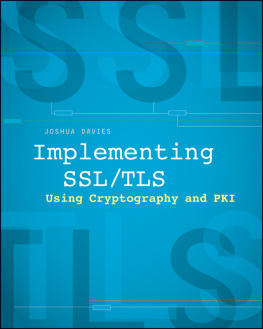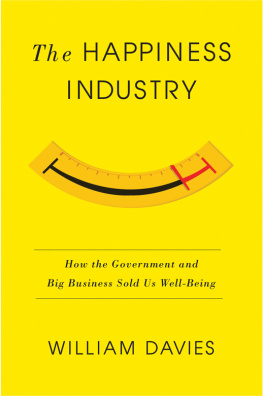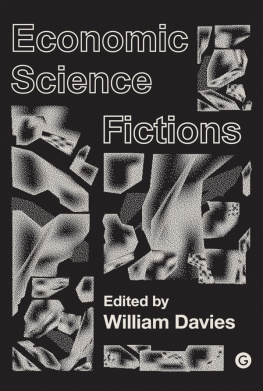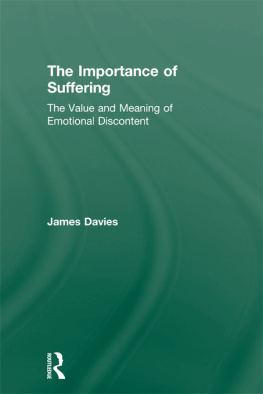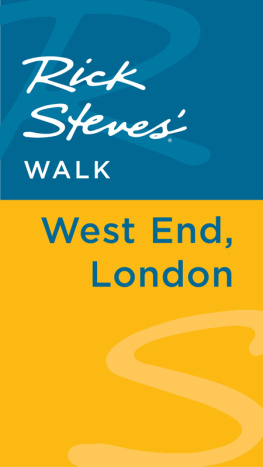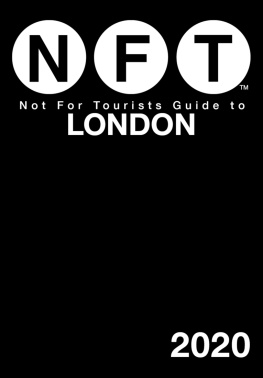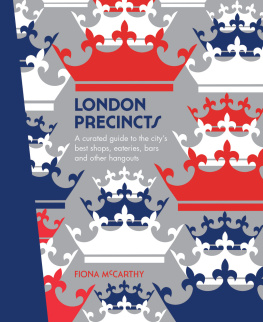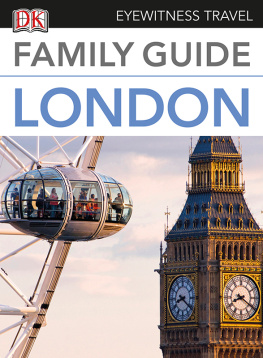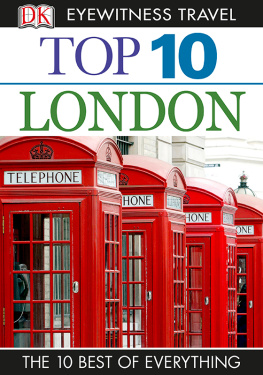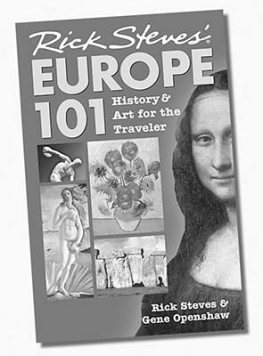FIVE HUNDRED
BUILDINGS OF LONDON
Photography by John Reynolds
Text by Gill Davies

Copyright 2006 Black Dog & Leventhal Publishers, Inc.
Original photography 2006 by John Reynolds
All rights reserved. No part of this book may be reproduced in any form or by any electronic or mechanical means,
including information storage and retrieval systems, without written permission from the publisher.
ISBN-13: 978-1-57912-857-9
Library of Congress Cataloging-in-Publication Data on file at the offices of the publisher.
Book cover design and maps
Sheila Hart Design Inc.
Building selection, interior design, and production
Playne Design Limited, London
Designers
Kieran Fairnington
Clare Playne
Research and technical
Simon Hack
The Tin Limited
Playne Books Limited, Pembrokeshire UK
Designers
Richard Cotton
Geraint Jones
David Playne
Research and editorial assistants
Aureole Communications
Sheila Jones
Chris Kilvington
Rupert Matthews
Christine Skinner
Published by
Black Dog & Leventhal Publishers, Inc.
151 West 19th Street
New York, New York 10011
Distributed by
Workman Publishing Company
225 Varick Street
New York, New York 10014
CONTENTS
East Central London (EC)
Including City of London
INTRODUCTION
Sir, if you wish to have a just notion of the magnitude of this city, you must not be satisfied with seeingits great streets and squares, but must survey the innumerable little lanes and courts. It is not in the showyevolutions of buildings, but in the multiplicity of human habitations which are crowded together, that the wonderful immensity of London consists.
Samuel Johnson, 170984
Arriving in London is always an unforgettable experience. Arriving there for the very first time, raw from school, to take up an editorial role in a publishing house was particularly exciting. Each evening, I left my desk in High Holborn and set out to explorewalking, staring, gazing all around, wildly enthusiastic about being in such an exhilarating cityand stepping out alone, all the better to absorb the architecture and history that presented itself around every corner.
With the passage of time, some streets and sights are rather more familiar to me now but the city remains just as exciting. I no longer live there. I have become a visitor, with my palate refreshed and ready for new experiences. Researching and writing this book has been a hugely satisfying undertaking. I have learned so much and discovered many, many more of the citys secrets. London is a veritable kaleidoscope of images and stories, many of which are encapsulated in the buildingsthe Tower of London, the Houses of Parliament, the busy streets and shops, the splendor of Royal London, Georgian terraces, neat little semi-detached houses, inns where Charles Dickens and Doctor Johnson rested a while before taking up their pens again.
I must thank so many people involved in this exploration: the photographer, John, whose enthusiasm and energy was so infectious; J.P. Leventhal for believing we could achieve his dream; editors Laura Ross and Iris Bass for keeping our feet on the ground and making sure we did so; the diligent teams at both Playne Design and Playne Books for tremendous support, input, organizationand patience when my scatter-brained intoxication with this wonderful city needed to be channeled.
Thank you all and may I propose a toast to London, to the thousand faces encapsulated here and the many more besides to quote from the venerable Doctor Johnson once again: Sir, when a man is tired of London, he is tired of life; for there is in London all that life can afford.
Gill Davies
AUTHORS NOTE
London is a huge city with many areas and divisionsgeographical and political. The decision was made to use the postal codes as the boundaries for each chapter as these encompass well-known, established zones such as Kensington. Moreover, no numbered postcode crosses the natural boundary of the river Thames (which also helped the photographers schedule!). Eight new postcodes were created in the 1960s based on a system first introduced under Sir Rowland Hill in 1858. The postal codes in Central LondonWest Central (WC) and East Central (EC)are numbered according to their centrality; the other sectors are numbered by assigning Number I to the district closest to the centre and allowing the rest of the numbers to follow alphabetically, according to the name of the location. (There are no London postal districts labeled NE or S and the television soap opera East Enders is set in the fictional postal district of E20.) Please note that EC includes the City of London, and SW1 the City of Westminster.
While the buildings that have been photographed do cover a wide area of London, there are just a few postcode areas that have escaped the privilege of inclusion in this book, and the contents list reflects this.
All the photographs are new, taken specifically for this book, and so certain notable buildings have, unfortunately, had to be omitted because they were under scaffoldingsuch as Unilever House and the Royal Festival Hall. The titles used for the buildings may be the actual house names, but often they are of my own devising, in particular to avoid duplication when the address appears above. There are many mentions of ghosts. While the veracity of such apparitions may or may not be accepted, for reasons of space this has not been questioned or prefaced by doubts or explanations.
The Great Fire of 1666 impacted on so many buildings that, again for reasons of space, the date is often omitted, and sometimes it is referred to simply as the Fire.
London has many ancient buildings and it has been quite a challenge to discover all the relevant information but it is amazing just how much is known and recorded. Nonetheless, certain dates and architects have proved elusive, despite vigorous research. I apologise for any such omissions and would welcome this information so that it may be included in future editions.
PHOTOGRAPHERS NOTE
I remember my first visit to London very clearly. It was 1994; Id just finished college and had come down to a studio in Soho to shoot some still lifes for a design agency. I went for a walk along Regent Street and I remember thinking, as I looked up at the buildings, that they must have been, by and large, the same buildings that my parents (both originally Londoners, who had died several years earlier) used to look up at, too. In that moment, it was as though the fiber of the buildings had drawn up all of the history and life that had unfolded in and around them, and the buildings themselves were gently resonating with it.
I made it a goal, whenever I took photographs here, to try and capture some of this energy, along with some of the spirit in which the buildings were originally designed and built. Just like people, some buildings have been loved and looked after whilst others have been the victims of neglect. Some will stand to a ripe old age and others will be torn down after only a few years, to be replaced by another cycle of change.
Within months of my first trip to this amazing capital Id become a Londoner myself, and it has been my home ever since. London is great for thatno matter what your ethnic background or religious persuasion, if you decide to take up residence, you can call yourself a Londoner and nobody will question you about it; youre a member of the club.


